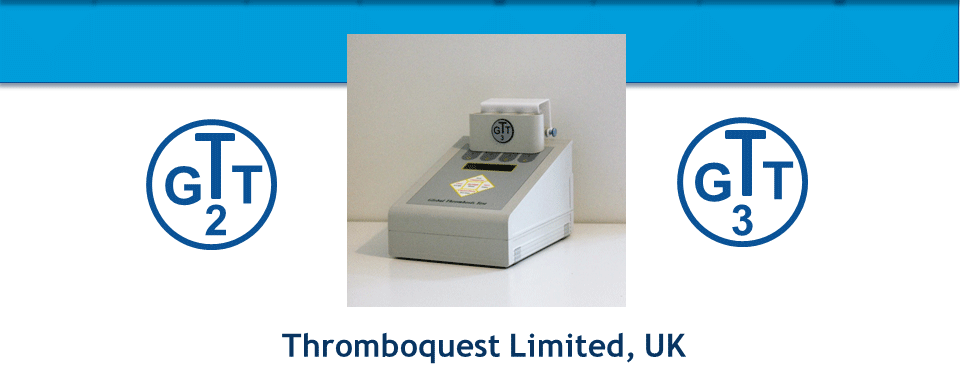The latest model GTT-3 can additionally assess thrombus stability and rate of thrombolysis
Importance of thrombus stability
Arterial thrombosis is a dynamic process, where the growing thrombus is subjected to dislodgement by flow and pressure, resulting in downstream embolization of thrombus fragments. The strength of the bonds within the thrombus and the strength of its attachment to the vessel wall determine the thrombus stability, and the likelihood of occlusive thrombus formation.
In the GTT-2, blood flows under gravity. As such, the growth of thrombus not subjected to flow and pressure and consequently the rate of thrombolysis is relatively slow.
Advantages of GTT-3
In addition to measuring the same parameters as GTT-2, the GTT-3 can additionally detect
• thrombus stability
• rate of thrombolysis
In the GTT-3, while blood flows under gravity, constant external pressure is applied to the blood for two set time periods. The first period of applied pressure occurs from the beginning of thrombus formation until complete occlusion. The second period of applied pressure occurs after detecting the onset of spontaneous thrombolysis until the end of test. Pressure-driven flow allows the assessment of the dynamic process of thrombus growth, stability and the rate of spontaneous thrombolysis.
New definition of measured parameters
Occlusion Time (OT)- the time of definite start of thrombus growth, i.e. when the time between two consecutive blood drops [d] exceeds the time set in the Menu.
Lysis Time (LT)- the time (T1) from the start of test until the first blood drop is detected after complete occlusion minus the time of OT (T2). LT= (T1) – (T2).
Thrombus stability (OT= ……/ X) X is the number of blood drops detected from the start of thrombus formation (OT) until complete occlusion and X is inversely related to thrombus stability.
Lysis rate (LT= ……/ Y) Y is the number of blood drops detected from LT until the end of measurement and Y is positively related to the rate of spontaneous thrombolysis.

